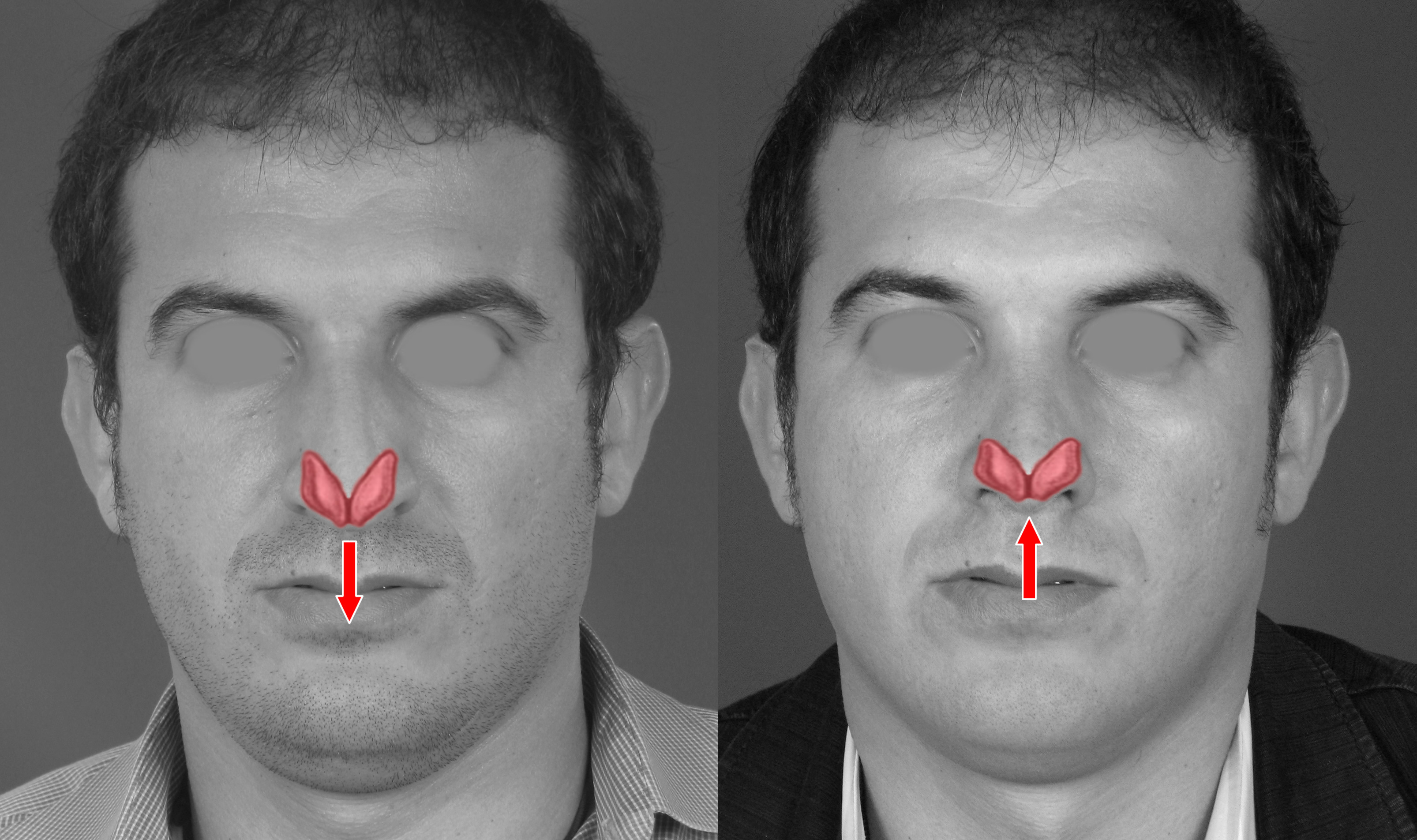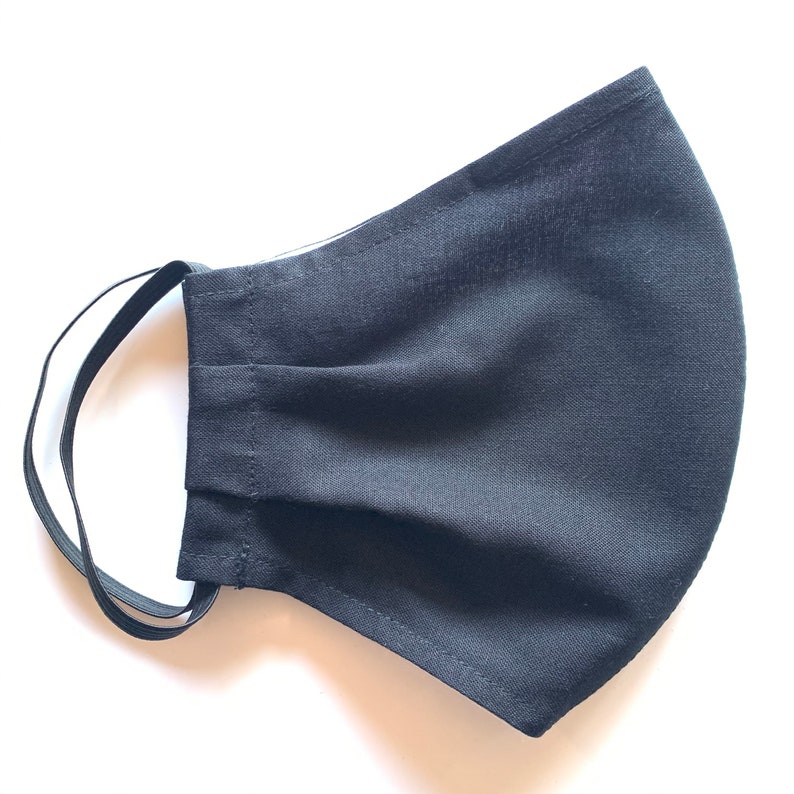

Kathleen Scott, a noted sculptress and the widow of Capt. Gillies, working with artists who created likenesses and sculptures of what the men had looked like before their injuries, strove to restore, as much as possible, a mutilated man's original face. Plastic surgery, which aims to restore both function and form to deformities, was, at the war's outset, crudely practiced, with little real attention given to aesthetics. In Paris, the opportunity to observe a celebrated facial surgeon at work, together with the field experience that had revealed the shocking physical toll of this new war, led to his determination to specialize in facial reconstruction. Writing in the 1950s, Sir Harold Gillies, a pioneer in the art of facial reconstruction and modern plastic surgery, recalled his war service: "Unlike the student of today, who is weaned on small scar excisions and graduates to harelips, we were suddenly asked to produce half a face." A New Zealander by birth, Gillies was 32 and working as a surgeon in London when the war began, but he left shortly afterward to serve in field ambulances in Belgium and France. "They seemed to think they could pop their heads up over a trench and move quickly enough to dodge the hail of bullets." Fred Albee, an American surgeon working in France. The large-caliber guns of artillery warfare with their power to atomize bodies into unrecoverable fragments and the mangling, deadly fallout of shrapnel had made clear, at the war's outset, that mankind's military technology wildly outpaced its medical: "Every fracture in this war is a huge open wound," one American doctor reported, "with a not merely broken but shattered bone at the bottom of it." The very nature of trench warfare, moreover, proved diabolically conducive to facial injuries: "he.soldiers failed to understand the menace of the machine gun," recalled Dr. On every front-political, economic, technological, social, spiritual-World War I was changing Europe forever, while claiming the lives of 8 million of her fighting men and wounding 21 million more. Learn more about Kanmushi by clicking here.Wounded tommies facetiously called it "The Tin Noses Shop." Located within the 3rd London General Hospital, its proper name was the "Masks for Facial Disfigurement Department" either way, it represented one of the many acts of desperate improvisation borne of the Great War, which had overwhelmed all conventional strategies for dealing with trauma to body, mind and soul. It’s always possible that further information could surface, but given current theories and information, I would say that any connection to a more serious issue is unfounded and not a concern. So, should you be worried about your child’s sugar bug? Obviously, these are great ideas for all children. You can read more about MTHFR mutations and there significance here: A Pediatrician Goes In-depth into MTHFR.ģ.While it has been speculated by practitioners of traditional Chinese medicine that sugar bugs might suggest a syndrome (known as Kanmushi) where children show a voracious appetite and severe sensitivity to sugar, I find no evidence that support this is a true connection.Ĥ.Proponents of Kanmushi suggest that you limit your child’s sugar intake, provide a structured environment and opportunities for physical activity. The significance of MTHFR mutations is still unclear but no studies link the presence of sugar bugs to these mutations.

MTHFR mutations are common, approximately 50 percent of the population carries some type of mutation.

If you look closely enough in all babies, you’ll find some veins that are more noticeable than others.Ģ.One suggested link with sugar bugs has been an association with mutations in a gene known as MTHFR. They can occur on the face, hands/feet, trunk and extremities (basically all over).

Here are 4 facts about sugar bugs that you should know:ġ.Prominent veins are common in the newborn, infancy and childhood period. Maybe you heard something about it that made you worry. Have you ever noticed a prominent blue vein across your child’s nose?


 0 kommentar(er)
0 kommentar(er)
